Whether they are old or not, the truth is that there are coins that are in a state that whose appearance is not attractive, either because of the passage of time or the conditions to which they have been exposed. In my case, I have taken on the task of collecting coins that have ceased to be in circulation in my country, and some that come from abroad; the truth is that, when you see them, you can hardly appreciate their image well because of the type of dirt they have, and recently, when I saw a Tiktok video showing a homemade restoration method, I decided to do the same.
Ya sean antiguas o no, lo cierto es que hay monedas que se encuentran en un estado que cuya apariencia no es atractiva, ya sea por el paso del tiempo o por las condiciones a las que han estado expuestas. En mi caso, me he dado a la tarea de coleccionar monedas que han dejado de estar en circulación en mi país, y algunas que provienen del extranjero; lo cierto es que, al verlas casi no se aprecia bien su imagen por el tipo de suciedad que tienen, y recientemente, al ver un vídeo de Tiktok en que muestran un método de restauración casero decidí hacer lo mismo.
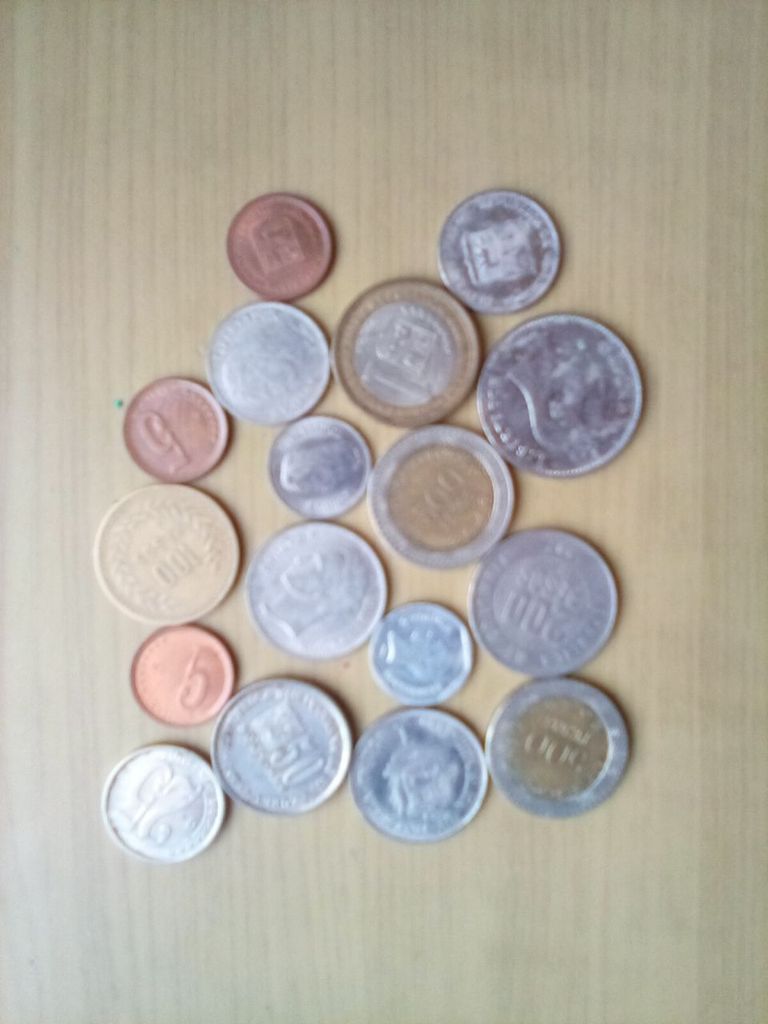
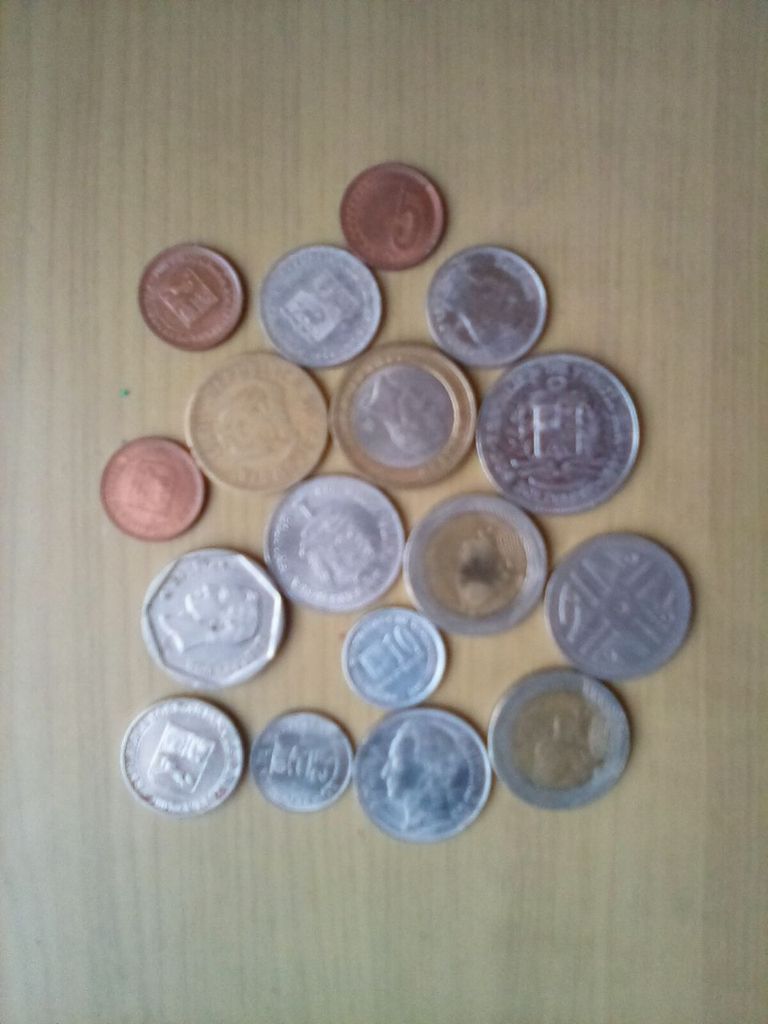
When researching what kind of substance or chemical element could be used for this, I got that we can use toilet cleaner (which also works for ceramics, flooring, etc.), since it basically uses the same acid that makes up the gastric juice in our stomach.
Al investigar que clase de sustancia o elemento químico se podría usar para esto, conseguí que podemos emplear limpiador para inodoros (que también sirve para la cerámica, piso, etc), dado que básicamente usa el mismo ácido que conforma el jugo gástrico en nuestro estómago.
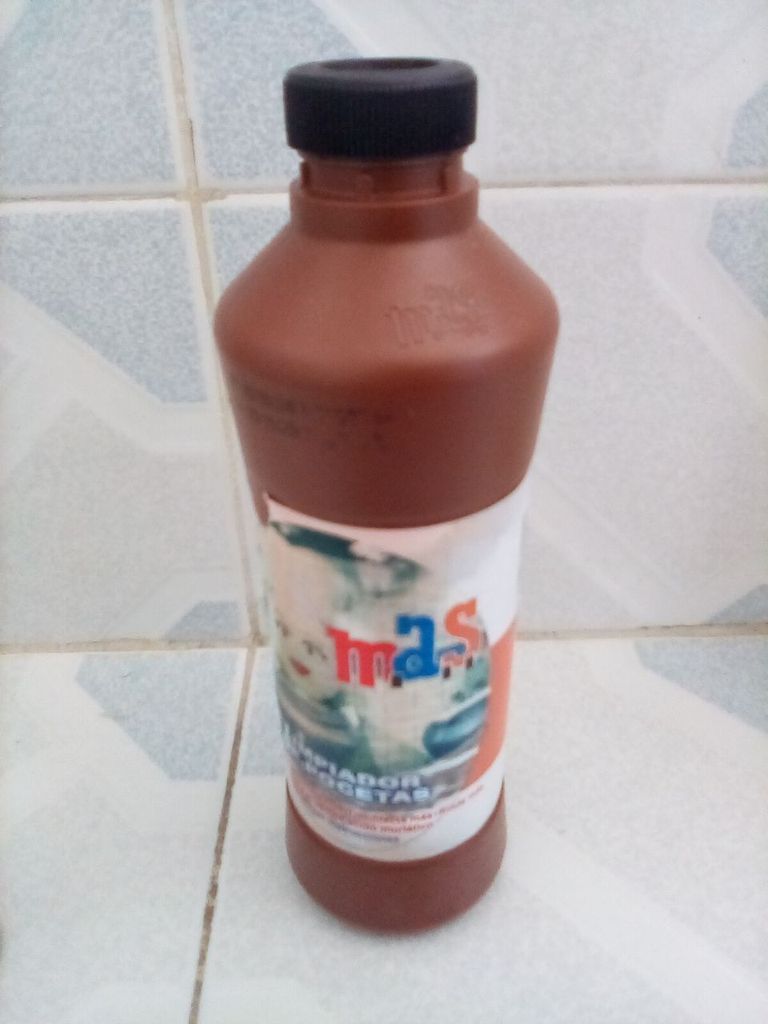
So, to perform our task what we must do is place the coins inside a plastic container and submerge them with this liquid, to let it rest for a whole night, preferably. This should be done in an open space to avoid the accumulation of gases that are being released, and we should also have a mask available with which we will decrease the chances of breathing these gases.
Entonces, para realizar nuestra tarea lo que debemos de hacer es colocar las monedas dentro de un envase de plástico y sumerguirlas con este líquido, para dejarlo reposar toda una noche entera, preferiblemente. Esto debe de hacerse en un espacio abierto para evitar la acumulación de gases que se va desprendiendo, y también nosotros debemos de tener al alcance una mascarilla con el que disminuiremos las probabilidades de respirar estos gases.
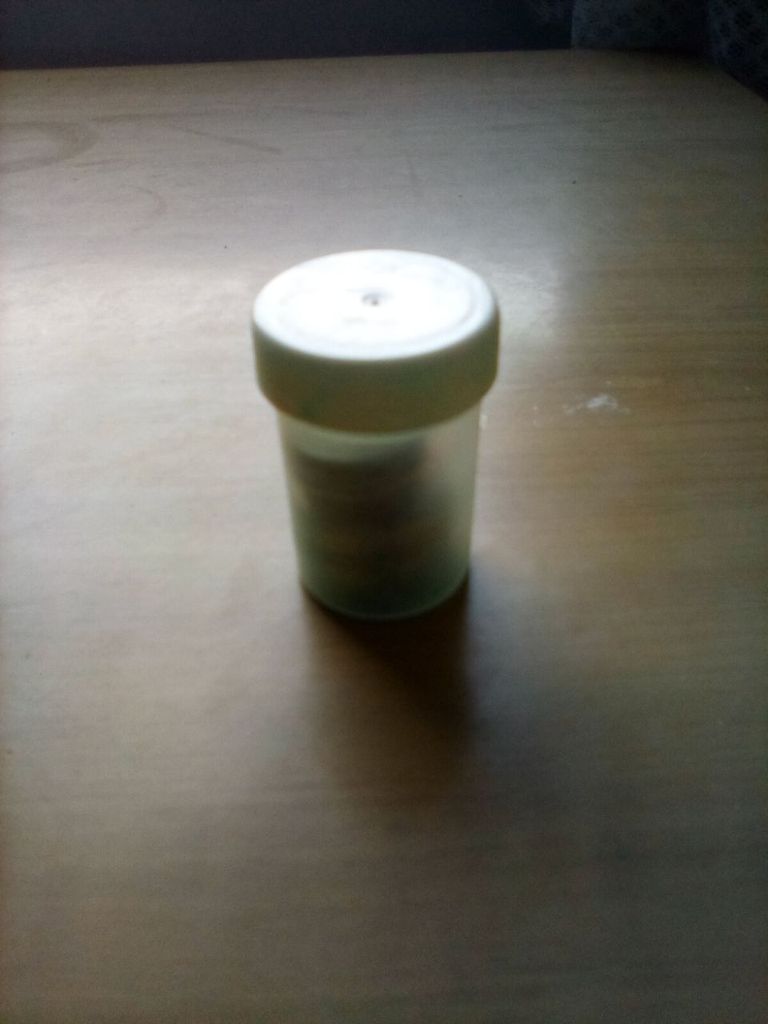
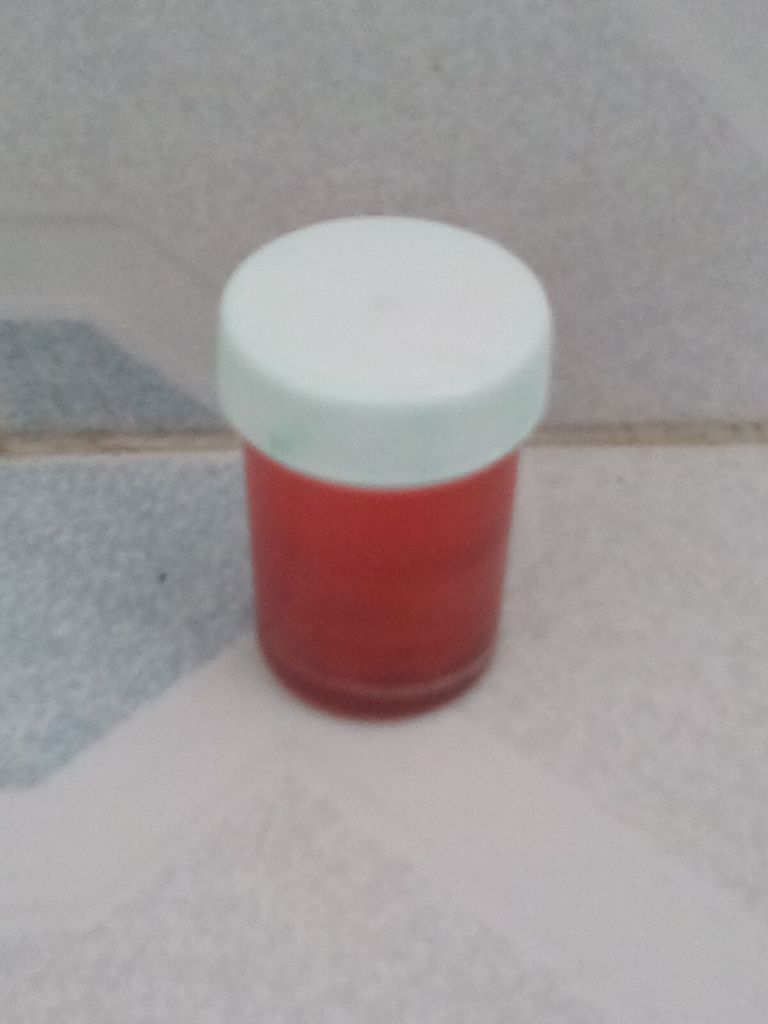
Already the next day, we will be able to notice that the color of the liquid has changed, in addition to that, the smell of has dissipated.
Ya al día siguiente, podremos notar que el color del líquido ha cambiado, además de que, el olor de ha disipado.
Now we proceed to throw away the liquid and wash the coins with plenty of water, so that, immediately, with the help of a cloth or cloth (made of cotton) let them dry and clean them, as well as with a toothbrush, to rub them. To which at the end we will see the great change in appearance that they have given.
Ahora procedemos a botar el líquido y lavar las monedas con abundante agua, para que, acto seguido, con la ayuda de un trapo o tela (hecha de algodón) dejarlas secar y limpiarlas, así como también con un cepillo dental, para frotarlas. A lo que al terminar veremos el gran cambio de apariencia que han dado.
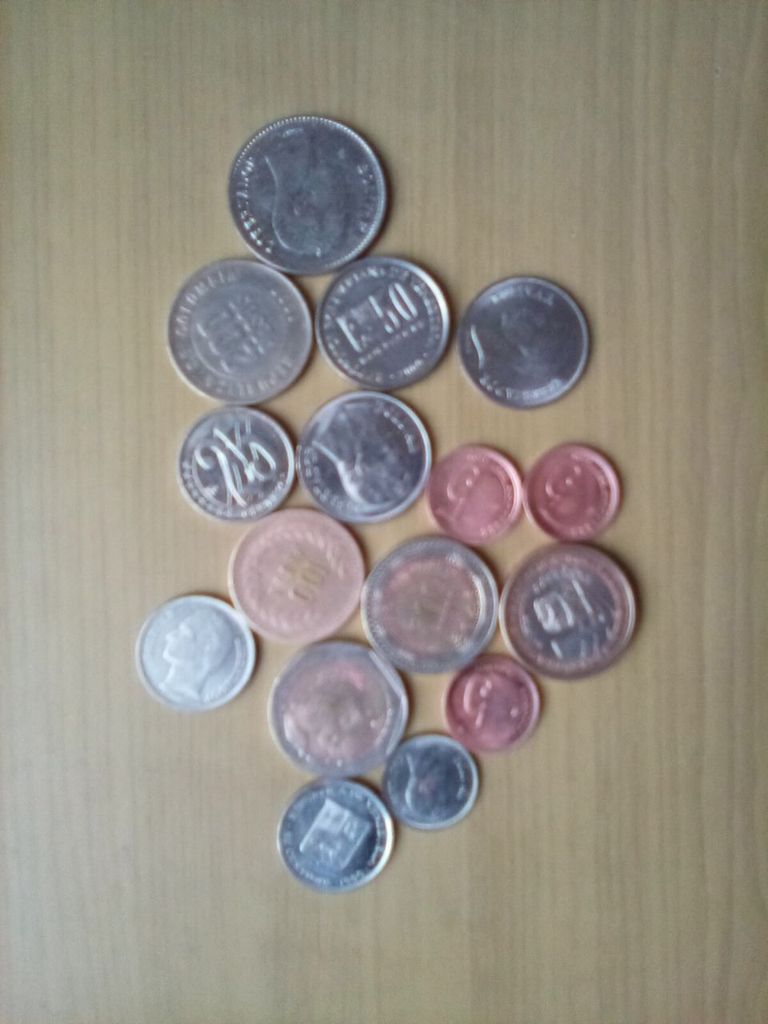
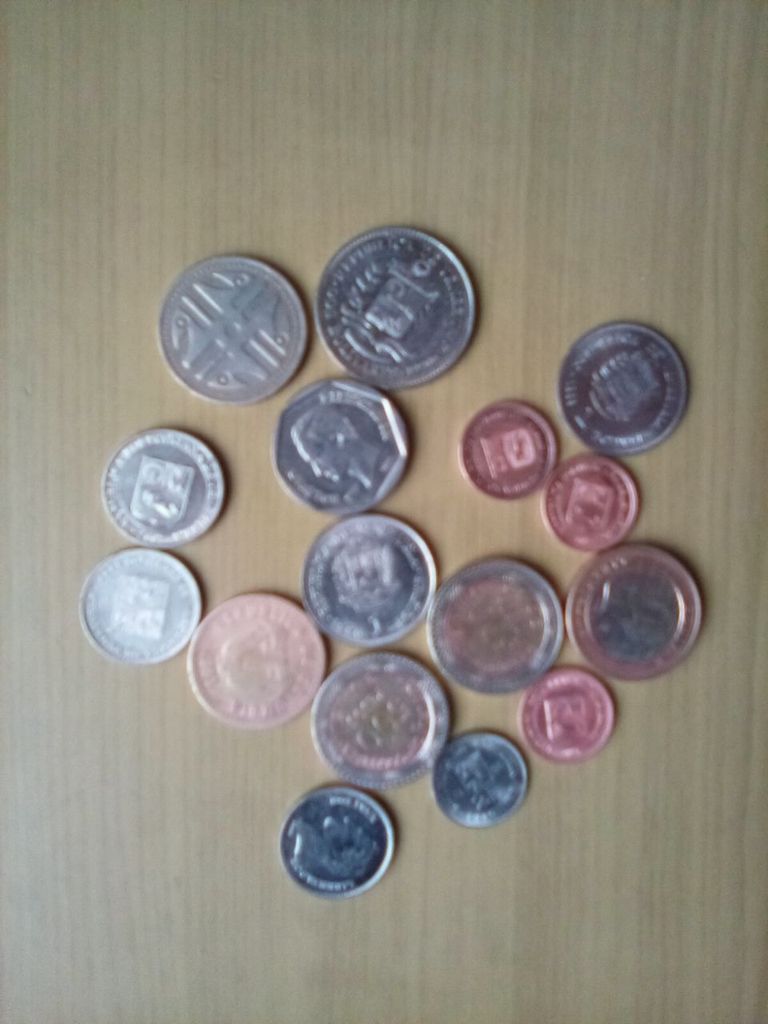
Source of the images
All the images were made with my Amazon Fire 8 tablet
Fuente de las imágenes
Todas las imágenes fueron hechas con mi tableta Amazon Fire 8
Genial, justo necesito un método para limpiar unas monedas que encontré.
Oye una pregunta, hay una moneda que dice 500 pesos , se parece muchísimo a las que tenemos nosotros aquí en mi país en Chile. ¿De qué país es? No logro distinguir bien.
La moneda que dice 500 pesos es de Colombia.